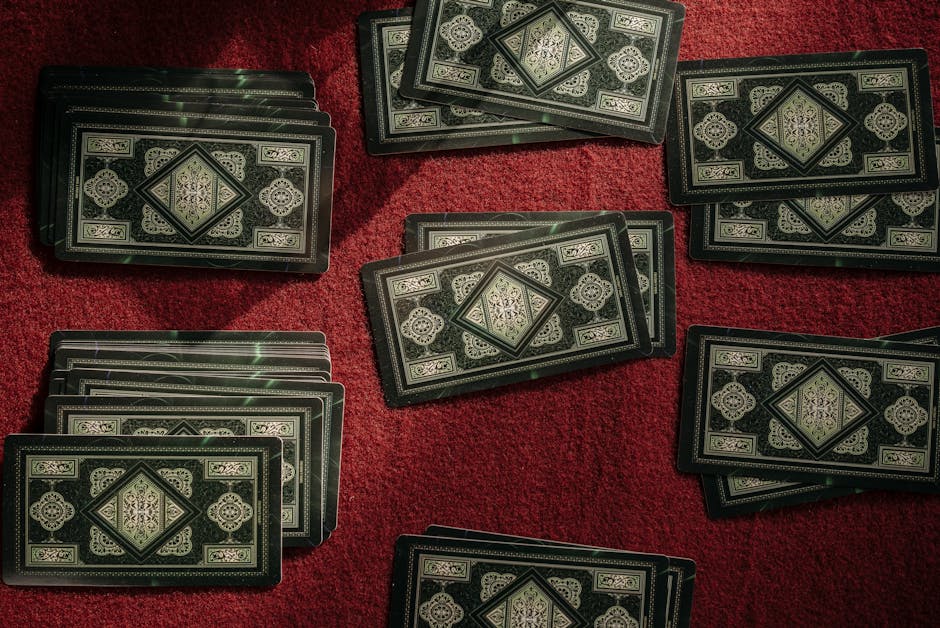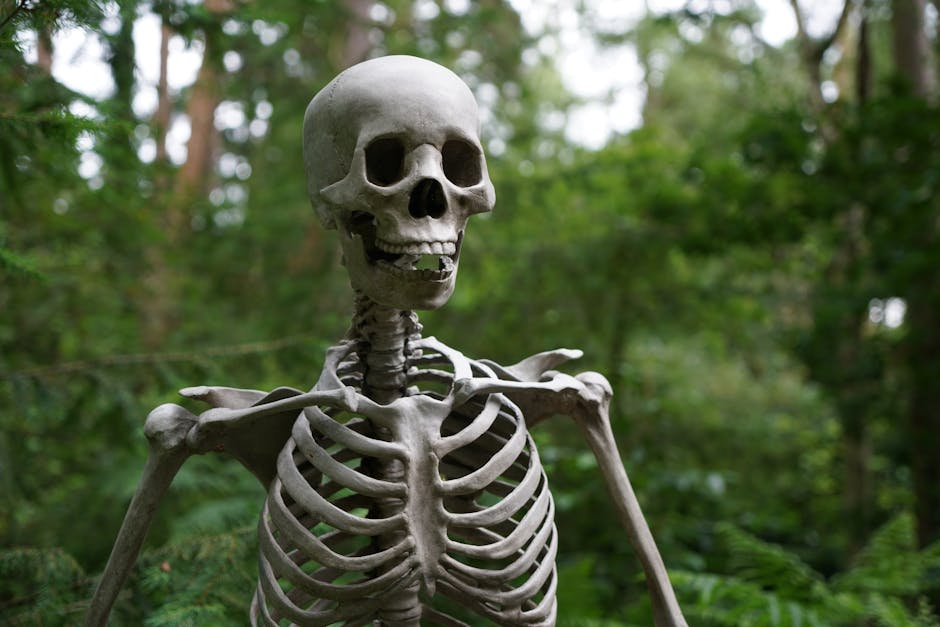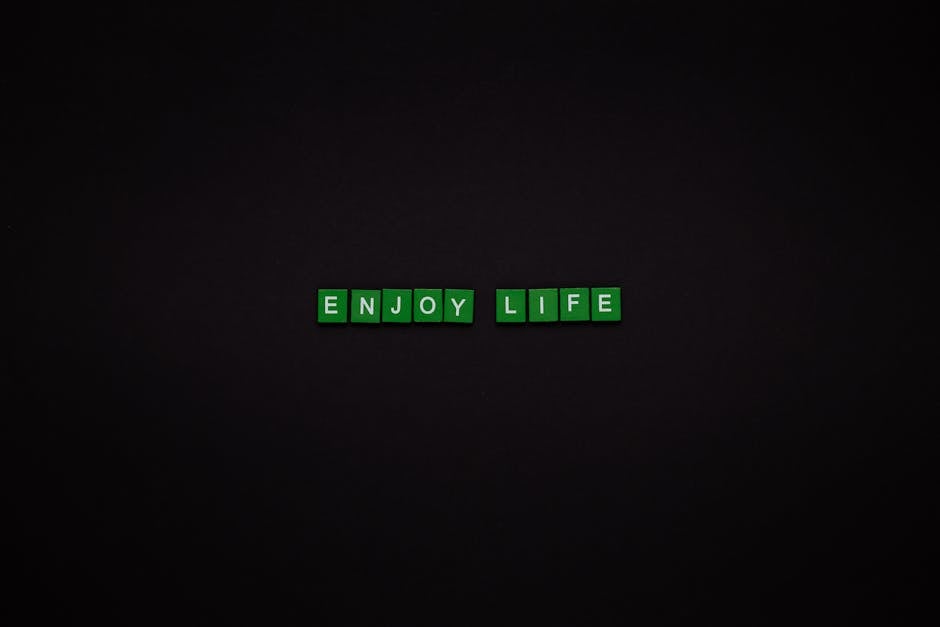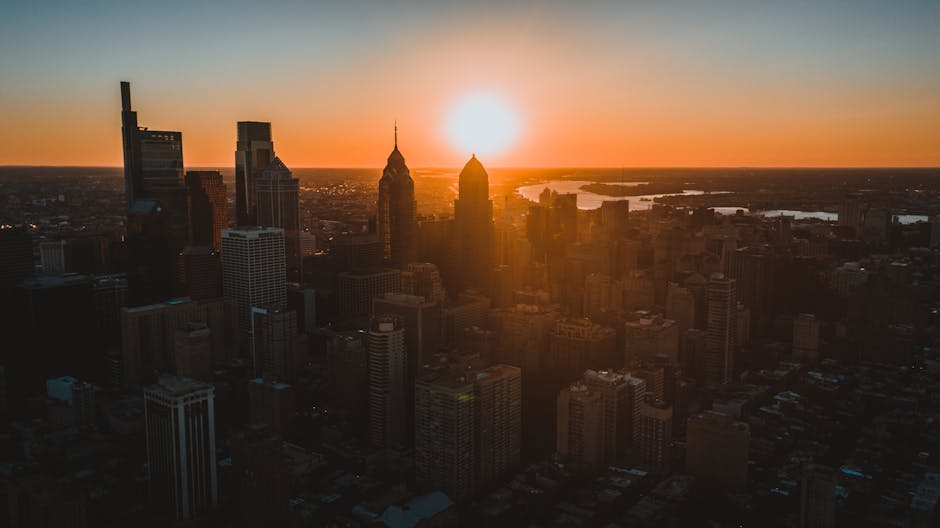From fan theories have taken the internet by storm, captivating viewers who are desperate to unravel the mysteries of Fromville, the Boy in White, and the ever-shifting reality that traps its characters. Since its debut, the MGM+ series From has been a wellspring of speculation, with each episode deepening the enigma rather than providing answers. In this blog post, Scene Flow – Scenlo dives into the most compelling, creative, and enduring fan theories, examining how they shape our understanding of the show and why From remains one of TV’s most discussed mysteries.
The Purgatory Hypothesis: Are They Dead or Dreaming?

Photo by Enric Cruz López on Pexels
One of the oldest and most persistent From fan theories is that the residents of Fromville are dead, in a coma, or trapped in a form of purgatory. This theory draws on classic storytelling tropes found in shows like Lost and The Leftovers. Fans point to the characters’ mysterious arrivals, often following car accidents or traumatic events, and the town’s surreal, nightmarish qualities as evidence. The town’s inability to be found or left, combined with its cyclical horrors and the absence of a clear origin, strengthens the idea that Fromville isn’t part of our world.
However, some argue that this theory is too simplistic for a show that thrives on complexity. The creators have hinted at deeper, more original explanations, and the show’s slow-burn narrative suggests that the truth may be more intricate than a straightforward afterlife scenario. Still, the purgatory hypothesis remains popular because it elegantly explains the town’s rules, the presence of supernatural entities, and the characters’ ongoing suffering. Whether or not it proves true, this theory taps into the universal fear of being trapped between worlds, unable to move on or find closure.
The Time Loop Conundrum: Escaping the Endless Cycle

Photo by Markus Winkler on Pexels
If purgatory isn’t the answer, perhaps time itself is the prison. Another dominant From fan theory posits that Fromville exists in a time loop or alternate dimension, where events repeat or spiral endlessly. This idea gained traction as the show introduced elements like recurring symbols, déjà vu experiences, and characters who seem to possess knowledge of past events they shouldn’t remember.
The time loop theory is supported by the show’s refusal to let characters escape, no matter how clever their strategies. Attempts to leave the town—whether by following the road, deciphering the mysterious symbols, or confronting the supernatural forces—always seem to reset or backfire. The Boy in White, a recurring figure who appears to manipulate events, could be a guardian or architect of the loop, ensuring that the cycle never truly ends. This theory also explains the town’s resistance to change and the sense that every action is both new and strangely familiar. In this view, Fromville is less a place and more a puzzle box, resetting itself with each failed escape attempt.
The Boy in White: Angel, Demon, or Architect?

Photo by Yogendra Singh on Pexels
No discussion of From fan theories is complete without exploring the Boy in White, a spectral child who appears at key moments to guide, warn, or manipulate the town’s residents. Who—or what—is he? Some fans believe he’s an angelic figure, offering cryptic clues to help the characters break free. Others suspect he’s a demonic presence, luring them into deeper traps. A third camp theorizes that the Boy in White is neither good nor evil, but a kind of cosmic architect or observer, maintaining the balance of the town’s bizarre ecosystem.
The Boy in White’s motives remain opaque, but his actions suggest a deep understanding of the town’s rules and cycles. He appears to certain characters at moments of crisis, sometimes offering hope, other times pushing them toward dangerous choices. His connection to the supernatural creatures that roam Fromville at night is also a subject of debate—does he control them, or is he at their mercy? The ambiguity surrounding the Boy in White fuels endless speculation and ensures that he remains one of the show’s most compelling mysteries.
The Monsters Among Us: Manifestations of Guilt and Trauma

Photo by Pavel Danilyuk on Pexels
The nightmarish creatures that hunt Fromville’s residents are a central pillar of the show’s horror. But what are they, really? One popular From fan theory suggests that these monsters are physical manifestations of the characters’ guilt, trauma, or unresolved fears. Each resident brings their own psychological baggage to the town, and the monsters adapt to exploit their deepest vulnerabilities.
This theory is supported by the creatures’ eerie ability to mimic loved ones, exploit personal weaknesses, and appear at moments of emotional distress. The town itself seems to feed on the characters’ pain, growing more dangerous as they confront—or fail to confront—their inner demons. If true, this reading positions Fromville as a kind of collective unconscious, where the boundaries between reality and nightmare are blurred. Escaping the town, then, may require more than physical movement; it could demand a reckoning with the self, a journey through one’s own darkness.
The Escape Paradox: Is Death the Only Way Out?

Photo by Chris J Mitchell on Pexels
Perhaps the most chilling From fan theory is that the only true escape from Fromville is death. The show has repeatedly teased the idea that leaving the town is impossible, no matter how hard the characters try. Yet, there are moments—such as Tabitha’s apparent escape after being thrown from the lighthouse—that suggest dying or coming close to death might be the only way to break the cycle.
This theory is both terrifying and oddly hopeful. On one hand, it implies that the characters are trapped until they accept their fate and let go of life. On the other, it suggests that there is an exit, however grim. The Boy in White’s cryptic guidance, the recurring theme of sacrifice, and the town’s resistance to conventional solutions all point toward a resolution that transcends physical escape. Whether death is liberation or simply another layer of the maze remains to be seen, but this theory keeps fans debating the ultimate cost of freedom.
The Symbolism of Fromville: Allegory, Metaphor, and Social Commentary

Beneath the surface of monsters and mysteries, many fans believe that From is an allegory for real-world struggles. The town’s suffocating rules, the characters’ inability to leave, and the ever-present threat of violence can be read as metaphors for addiction, grief, or societal entrapment. This From fan theory views the show less as a supernatural puzzle and more as a commentary on the human condition.
The town’s rituals—like the nightly lockdown, the talismans, and the reliance on community—mirror coping mechanisms for trauma and loss. Each character’s journey reflects different responses to adversity: denial, acceptance, rebellion, and resignation. The monsters, in this interpretation, are not just external threats but embodiments of the fears and anxieties that haunt us all. By framing the show as an allegory, fans find deeper meaning in its ambiguity and draw connections to their own experiences.
Why Fan Theories Matter: The Lifeblood of ‘From’

Photo by Abet Llacer on Pexels
Ultimately, the proliferation of From fan theories is a testament to the show’s power. In an era where spoilers and instant answers are the norm, From stands out by inviting viewers to participate in its mysteries. Theories aren’t just idle speculation—they’re acts of engagement, creativity, and community-building. Whether the truth is purgatory, time loops, psychological horror, or something even stranger, the real joy of From lies in the endless search for answers.
As new episodes air and the mystery deepens, fans will continue to dissect every clue, debate every possibility, and expand the universe of speculation. In the end, the greatest mystery may be why we’re so drawn to the unknown—and why we can’t stop theorizing, even when the answers remain just out of reach.
Sources
- https://creepybonfire.com/horrortainment/tv-and-films/popular-theories-about-from-series-that-will-blow-your-head/
- https://www.cbr.com/mindblowing-from-fan-theories-that-make-sense/





